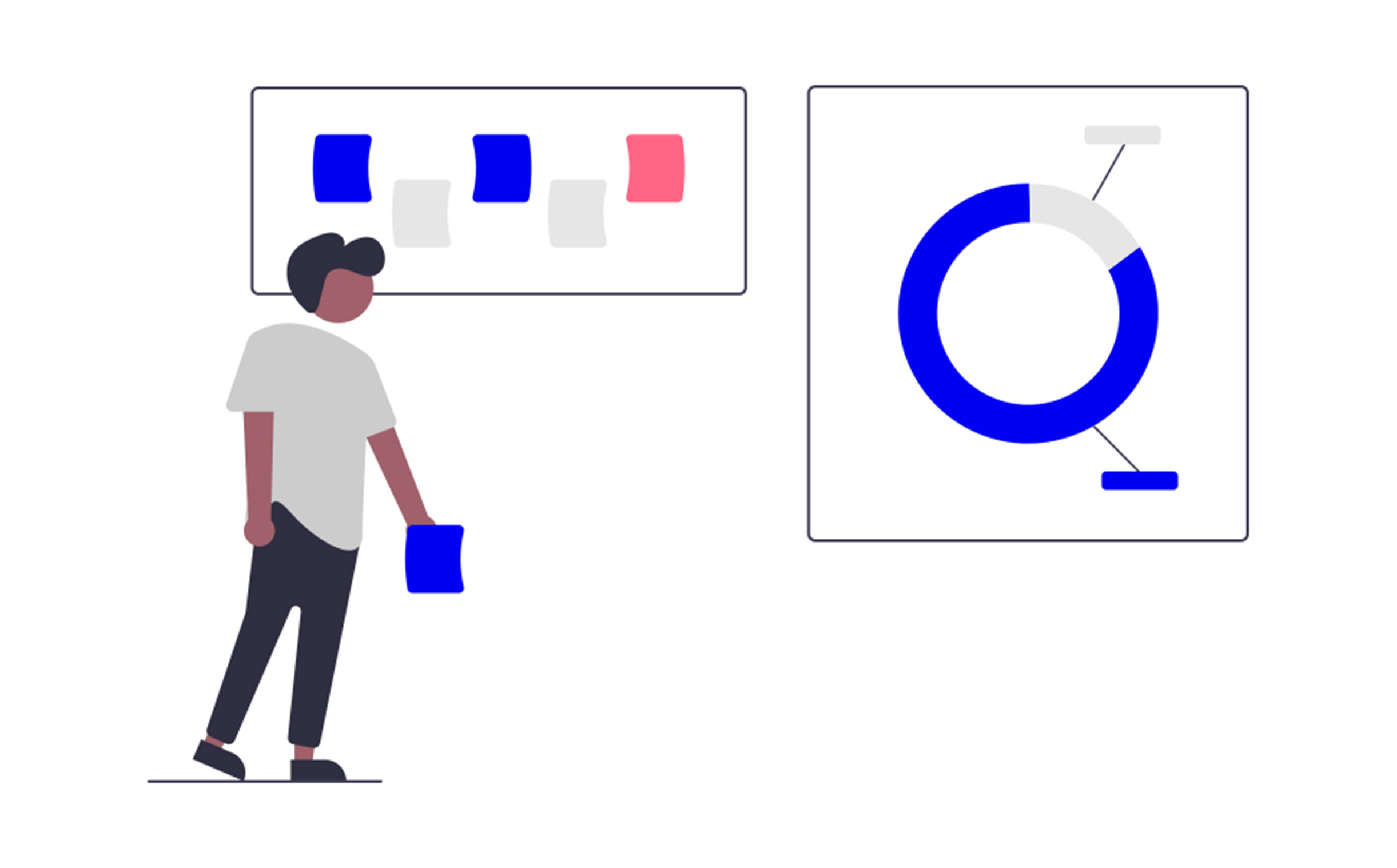We are always keen to follow the latest trends in insurtech and observe how they shape the insurance industry. Today, we’re delving into a fascinating trend that is gradually transforming the industry – the application of behavioral economics.
Behavioral economics is a field of study that merges psychological insights with economic decision-making. It recognizes that humans are not always rational creatures; cognitive biases and emotional factors often influence our decisions. While traditionally underutilized in the insurance industry, the power of behavioral economics is being increasingly recognized as an opportunity to understand how choices are made and better calibrate policy to manage outcomes.
Better Risk Assessment and Product Innovation
One of the key changes in the insurance industry brought about by behavioral economics relates to risk assessment. Traditional risk assessment models rely on statistical data and historical trends, which, while valuable, don’t always paint the full picture. These often paint a picture of what was, as opposed to measuring the current state of play in a given area.
Incorporating tools grounded in these practices, and using real-time data and predictive machine learning allows insurers to factor in human biases and decision-making patterns to create a more holistic risk model. For example, the ‘optimism bias’ might lead people to believe they are less at risk of suffering a loss than they actually are, impacting how they seek or use insurance. Understanding these nuances can lead to more accurate risk assessments and pricing models.
This has fueled product innovation by enabling insurance companies to design and offer products that more closely align with customer actions and risk perceptions. For instance, consider telematics in auto insurance. Instead of offering a one-size-fits-all product, insurance companies use data from in-car devices to monitor driving performance, rewarding safe driving habits with lower premiums. This is an example of behavioral economics in action and the fusion of technology and insurance.
Enhancing Customer Engagement
Applying these strategies also provides insights that can be used to enhance customer engagement. It offers insights for designing communications that resonate better with customers’ cognitive and emotional biases.
Insurers use these principles to simplify their product offerings, modify their language to be more appealing and understandable, and craft better marketing messages. The nudge theory, a cornerstone of behavioral economics, is also applied to gently steer customers towards beneficial decisions like purchasing coverage that truly meets the needs of their risk profile or adopting safer behaviors.
Fraud Detection
Behavioral economics plays a significant role in fraud detection as well. By understanding behavioral patterns and decision-making processes, insurers can spot anomalies that may signify fraudulent behavior. Predictive models using these indicators can help insurers proactively identify and mitigate potential fraud cases, saving the industry millions.
At Accelerant, we are embracing the power of these strategies to improve our offerings and serve our Members better. We leverage it for more precise risk modeling, creating more engaging and effective customer interactions, driving product innovation, and strengthening our fraud detection mechanisms.
We believe that the infusion of behavioral economics into the insurance industry will continue to grow, leading to more personalized and efficient services, better risk management, and overall improved industry performance. Stay tuned with Accelerant as we navigate this exciting frontier in the insurance industry.

